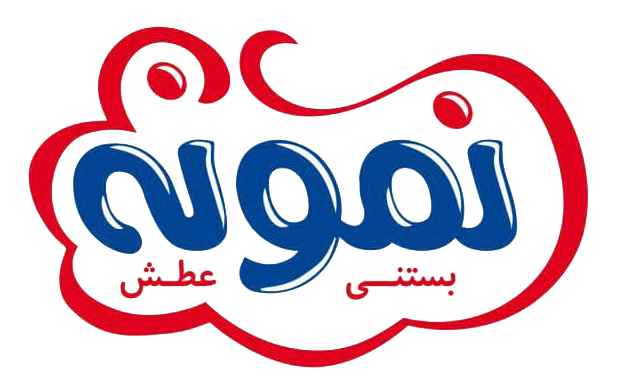In fact, the year posted the largest volume gain in the US in nearly twenty years. According to the findings in the Heroin Treatment recently released IWSR Drinks Market Analysis, total beverage alcohol volume in the US was up +2.0%, the most significant increase since 2002. The report highlighted trends in each category and offered insights into where the industry is headed in the near future. In the chart, we see data across some countries on the share of people with an alcohol use disorder who received treatment. This data is based on estimates of prevalence and treatment published by the World Health Organization (WHO).
Industry-specific and extensively researched technical data (partially from exclusive partnerships).
Alcoholic beverages industry in the U.S. – Statistics & Facts
When not diving into the world of merry-making, he puts his digital nomad lifestyle to work travel-writing about hidden culinary gems in Canada for National Geographic and about the happiest place on earth for Inside Hook. He also has authored three books, been a restaurant general manager and lived in a tent for three years in Alaska. The data produced by third parties and made available by Our World in Data is subject to the license terms from the original third-party authors. We will always indicate the original source of the data in our documentation, so you should always check the license of any such third-party data before use and redistribution. This shows the expenditure on alcohol in the United States, differentiated by where the alcohol has been purchased and consumed.
Whiskey
Alcohol consumption – whilst a risk factor for a number of health outcomes – typically has the greatest negative impacts when consumed within heavy sessions. In a related chart, you can see the share who drink alcohol by gender and age group in the UK. When we look at gender differences, we see that in all countries, men have a higher alcohol consumption than women. Again, the prevalence of drinking across North Africa and the Middle East is notably lower than elsewhere. Typically, 5 to 10 percent of adults across these regions drank in the preceding year, and in a number of countries, this was below 5 percent.
Download or order the free 20-page booklet, “Rethinking Drinking: Alcohol & Your Health”.
Their prominence is driven by consumers’ continual search for new and exciting products. “When we ask RTD consumers what factors influence their beverage alcohol purchase decision, the #1 response we hear is ‘flavor’,” says Rand. “People are eager to try new brands, especially those that offer a unique or interesting flavor. While this is particularly prevalent with RTDs, we’re also seeing significant growth in flavors in beer and spirits as well.” Long-run data on alcohol consumption from the United States gives us one perspective of drinking since 1850. In the chart, we see the average consumption (in liters of ethanol) of different beverage types per person in the USA since the mid-nineteenth century.
When we look at the variance in prevalence across age groups, we see that globally, the prevalence is highest in those aged between 15 and 49 years old. The chart shows the age distribution of those dying premature deaths due to alcohol. Globally, the age-standardized death rate has declined from approximately 40 deaths per 100,000 people in the early 1990s to 30 deaths per 100,000 in 2019.
- In a related chart, you can see the share who drink alcohol by gender and age group in the UK.
- NielsenIQ reported that growth was driven by super-premium (75cl bottle priced between $15.99 and $29.99) and ultra-premium (between $30 and $49.99) price tiers.
- Sweden, for example, increased the share of wine consumption and, therefore, reduced the share of spirits.
- A closer look at the “most popular” white varietal, Chardonnay (nearly 16% of the market share for those reported), and the “most popular” red varietal, Cabernet sauvignon (nearly 14%), revealed that the growth rate for these two decreased by 6.9 and 7.0%, respectively.
- This data is based on estimates of prevalence and treatment published by the World Health Organization (WHO).
No/low alcohol is increasing in significance as the health and wellness movement commands a growing portion of consumer spending. Hasegawa, the following are examples of beer and food pairings based on the beer’s flavor profile. In an article published by WGSN, we should begin to see Chinese baijiu, a white spirit, “and the world’s most-consumed spirit, outselling whisky, vodka, gin, rum, and tequila combined,” become more prevalent.
The chart shows direct death rates (not including suicide deaths) from alcohol use disorders across the world. The death rates are typically higher in Eastern Europe and lower in North Africa and the Middle East. The scatter plot compares the prevalence of alcohol use disorders in males versus that of females. The prevalence of alcohol dependence in men is typically higher than in women across all countries. With the change country feature, it is possible to view the same data for other countries.
Data on the prevalence of binge drinking by age and gender in the UK can be found here, and trends in heavy and binge drinking in the USA can be found here. Alcohol has historically, and continues to, hold an important role in social engagement and bonding for many. Within still wine, a strengthening trend of health and wellness is bringing awareness to the no- and low-alcohol subsegments.
For some people, however, abstaining or reducing consumption is a struggle due to myriad factors. Thus, many people choose to seek treatment to help them make the changes they desire. Let’s say you stay within the recommendations of the Dietary Guidelines for Americans, which means one daily drink for women and two for men. Your drink of choice is a 5-ounce glass of wine, and you consume your allotted serving every day.

بدون دیدگاه